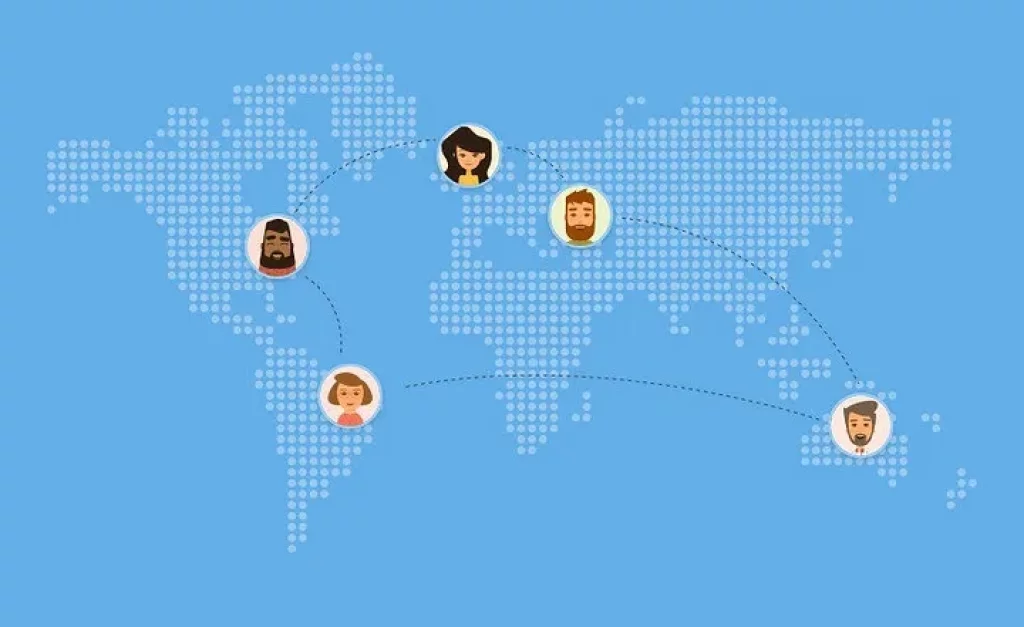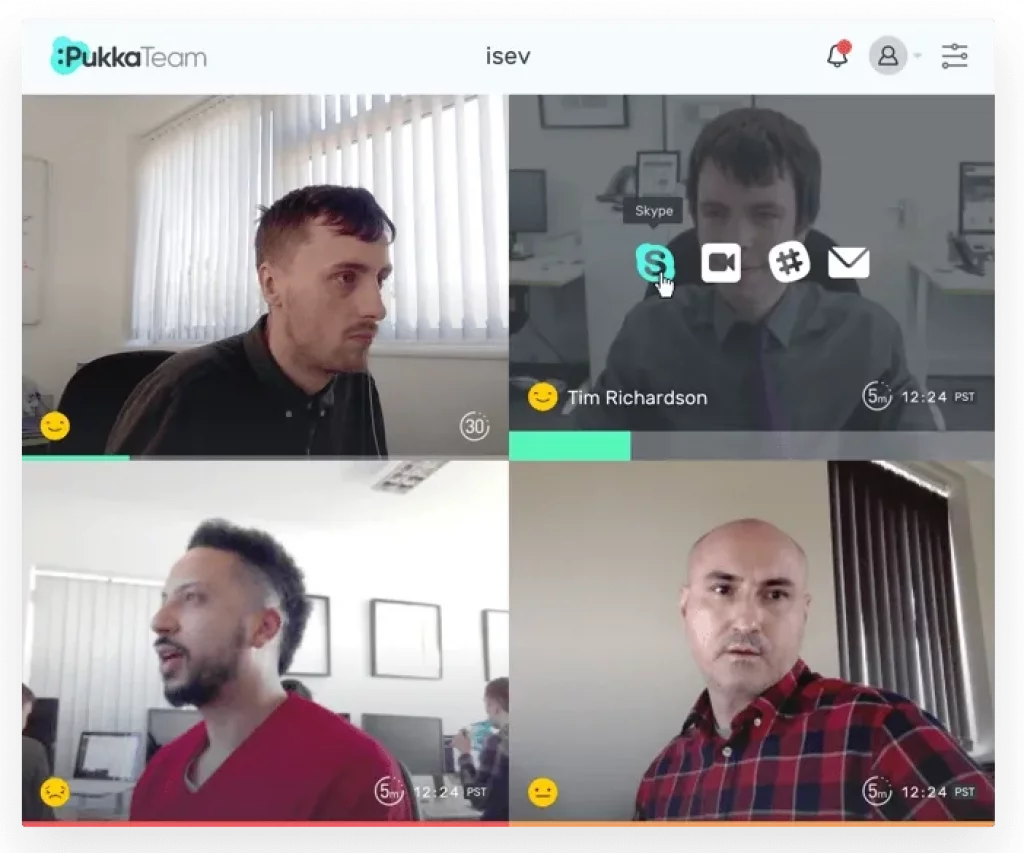Communication is visual
The importance of seeing your team
How we communicate
Now, we’re not talking about the tools we use, but the ways in which we communicate.
When we talk about communication, we often think of the the spoken (or written) word, and how we interpret these into their actual meaning.
But there is more than just what we say when we communicate with each other, there is something that we sometimes don’t realise.
It’s estimated that only 30–35% of what we communicate is through speech!

So then where does the other 65–70% come from then?
The answer is Kinesic.
What is Kinesics?
Kinesics — also more popularly known as, Body Language, is:
“….the interpretation of body motion communication such as facial expressions and gestures, nonverbal behaviour related to movement of any part of the body or the body as a whole.”
Danesi, M (2006). “Kinesics”. Encyclopedia of language & linguistics.”
So a great deal of our communication is done through our facial expressions, body posture, gestures, handshakes and even breathing, as well as other types of physical movement.
When we talk, our body language helps to reinforce what we’re saying.
But even without words, body language can show how we’re feeling or what our state of mind is.
A smile can show happiness, a frown disapproval, raised eyebrows surprise, all of this, without uttering a word.
The gestures we use also help us communicate, folding our arms can show boredom or impatience.
Even without speaking, we can show our mood, how we’re feeling through how we’re gesturing and communicating through our body.
There are various ways in which we can demonstrate our emotion, but why is a remote team app provider talking about Kinesics and body language?
Let me tell you.
Why being able to see your team is important
Picture this, you work in a traditional office environment; it’s easy for you to turn, and see your colleagues.
When you need to talk with someone else in the office, you get the full communication, from both hearing and seeing them.

Now imagine you’re part of a remote team.
Your colleagues are all working from different locations.

The majority of the time, there is a lack of visibility, we might not see our teammate for days, or even weeks.
The whole concept of teams working remotely is that you are remote….spread over different locations, rather than working in the same room or building.
When we need to talk to teammates, we all will have a various tools for different situations — instant messaging, emails etc. and when we need to talk directly, we’ll call.
Each team likely uses a video call system for calls (ours is our newly launched PukkaVideo). As humans, we prefer to see the people we’re speaking to, it allows us to communicate more effectively than you would via a phone call.

But what about the rest of the time?
We can’t see our teammates working remotely.
We have no notion of how they are, if they’re struggling with work, not feeling well or even stressed over a project they’re working on.
Where in an office, we might be able to spot this and help, when working remotely, it completely passes us by — because we can’t see them.
So what’s the solution?
It’s easy to see how your teams doing in an office, but what if they work remotely?
Tools such as PukkaTeam (yes, it’s a little self promotional, but hear us out) can be used to overcome this.
On the surface, it allows you to see your teams availability throughout the day, the integrated video calling making connecting a much simpler process and helping to build a remote ‘office’ culture.

But it also allows you to see HOW your teammates are doing.
It provides an always online, presence for your team without being a distraction.
It’s lightweight to run, as the webcam only switches on when updating your snapshot.
Now look at these two pictures we’ve taken from our team when using PukkaTeam:

On the left one you can see he’s likely ok, even enjoying what he’s doing.
On the right, head in hands could show tiredness, or possibly frustration, where we could drop a quick message to see if everything is ok.

We can now see in the left image that they’re busy as there with someone else
On the right we, um……no idea — the less said about that the better.
The important thing is that visibility of our team let’s us see how they are doing, even if it’s just glimpses of them, it can help paint up a picture of how they’re feeling.
If we see a colleague who’s struggling, it can prompts us to to see how they’re feeling and offer help if needed.
Although there will be differences in each teams work culture, there are the upsides of remote work, such as more freedom, the lack of travel, higher productivity.
But the visuality of our team is an essential, it helps us see how our teammates are doing and feel more connected to them.
Your work colleagues, no matter where they work, are still people, we all have problems and struggle from time to time, but don’t always necessarily ask for help when we need it.
With this visuality, we have some basis of visual communication with our team!
Can we really afford not to have this?



 Form the Blog
Form the Blog